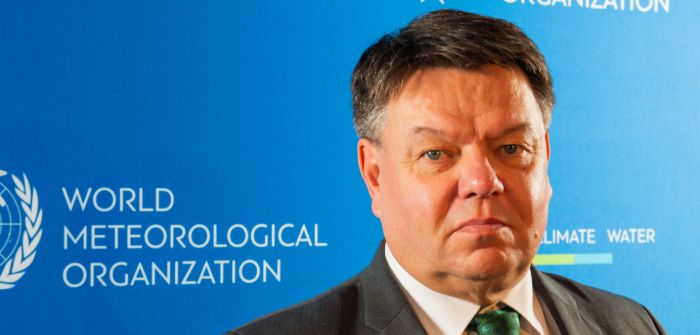The World Meteorological Organization (WMO) has reported that atmospheric levels of the three main greenhouse gases (carbon dioxide, methane and nitrous oxide) all reached new record highs in 2021.
WMO’s Greenhouse Gas Bulletin has reported the biggest year-on-year jump in methane concentrations in 2021 since systematic measurements began nearly 40 years ago. The reason for this exceptional increase is unclear but appears to be a result of both biological and human-induced processes.
The increase in carbon dioxide levels from 2020 to 2021 was larger than the average annual growth rate over the last decade. Measurements from WMO’s Global Atmosphere Watch network stations show that these levels continue to rise in 2022 over the whole planet.
Between 1990 and 2021, the warming effect on the climate (known as radiative forcing) caused by long-lived greenhouse gases rose by nearly 50%, with carbon dioxide accounting for about 80% of this increase.
Carbon dioxide concentrations in 2021 were 415.7 parts per million (ppm), with methane at 1,908 parts per billion (ppb) and nitrous oxide at 334.5 ppb. These values constitute, respectively, 149%, 262% and 124% of pre-industrial levels before human activities started disrupting the natural equilibrium of these gases in the atmosphere.

Prof. Petteri Taalas, WMO secretary-general, said, “WMO’s Greenhouse Gas Bulletin has underlined, once again, the enormous challenge – and the vital necessity – of urgent action to cut greenhouse gas emissions and prevent global temperatures rising even further in the future. The continuing rise in concentrations of the main heat-trapping gases, including the record acceleration in methane levels, shows that we are heading in the wrong direction.
“There are cost-effective strategies available to tackle methane emissions, especially from the fossil fuel sector, and we should implement these without delay. However, methane has a relatively short lifetime of less than 10 years and so its impact on climate is reversible. As the top and most urgent priority, we have to slash carbon dioxide emissions, which are the main driver of climate change and associated extreme weather, and which will affect climate for thousands of years through polar ice loss, ocean warming and sea level rise.
“We need to transform our industrial, energy and transport systems and whole way of life. The needed changes are economically affordable and technically possible. Time is running out,” he said.
To read the WMO’s Greenhouse Gas Bulletin report in full, click here.



